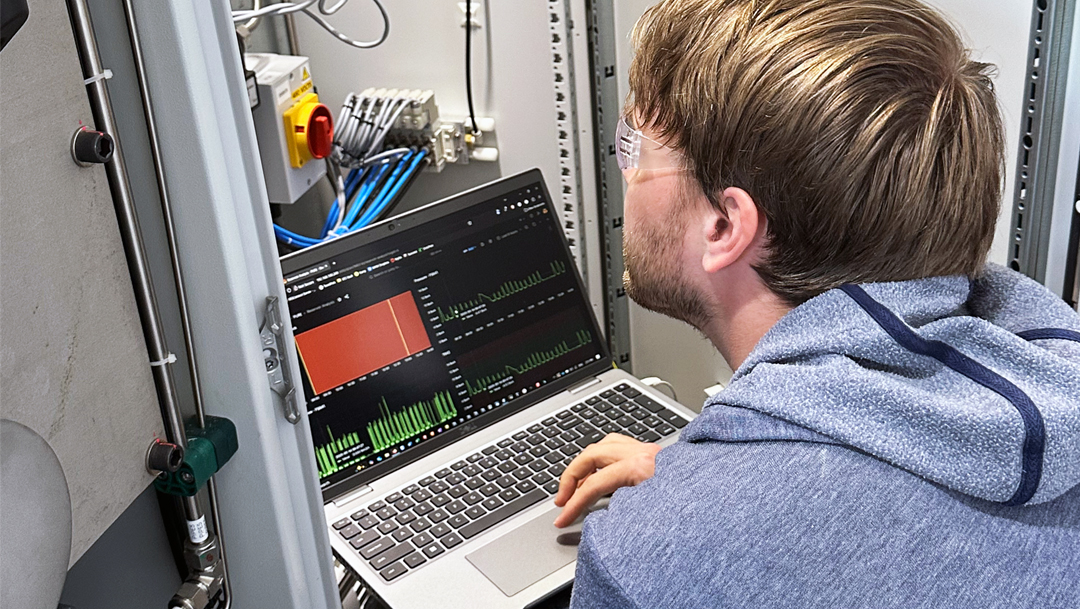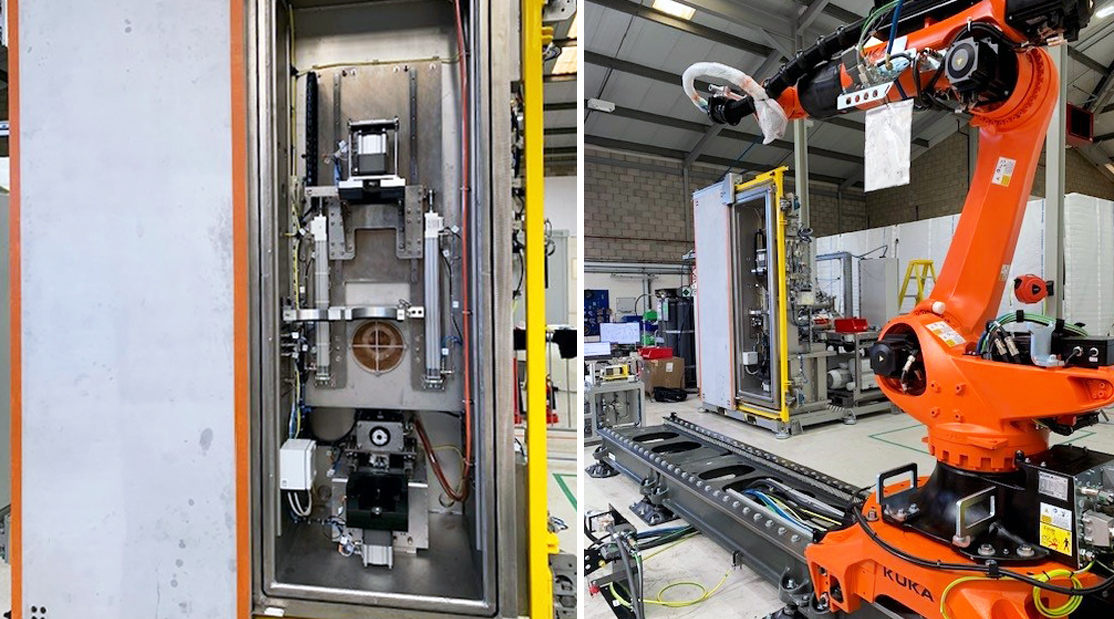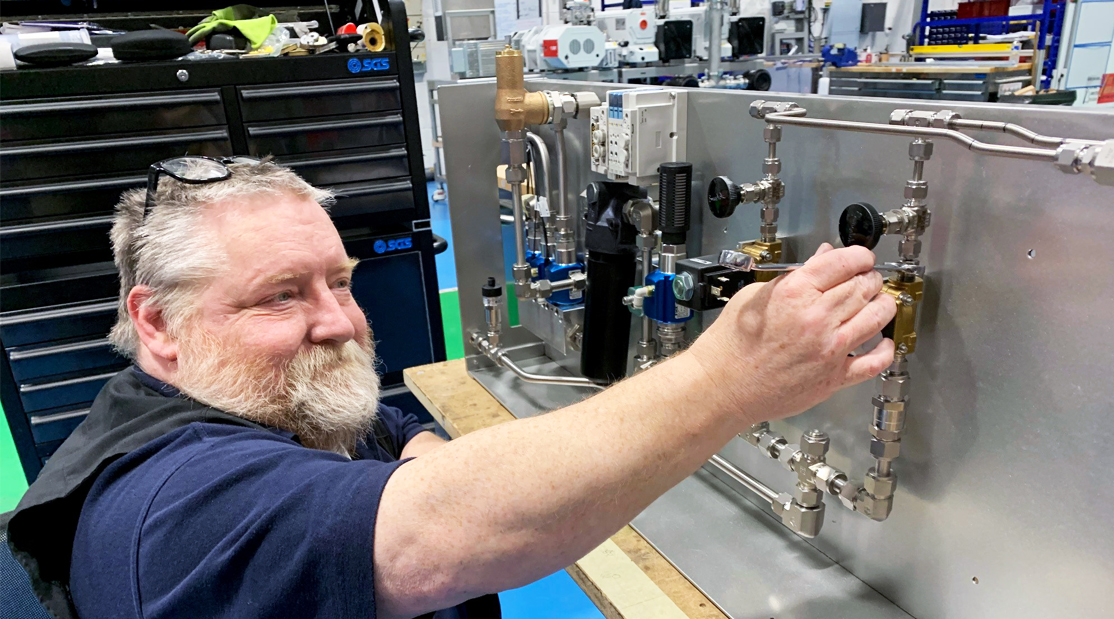In the automotive and transportation sectors, airsprings play an essential role in ensuring vehicle stability, comfort, and safety. As integral components of suspension systems, they provide cushioning against road irregularities, maintain vehicle ride height, and contribute to load handling capabilities. Given their importance, the reliability of airsprings is paramount. One of the key methods to guarantee this reliability is through helium leak testing, a sophisticated and highly accurate approach that has become a staple for quality airspring manufacturers.
The Importance of Leak Testing in Airspring Manufacturing
Airsprings must maintain their structural integrity under a variety of stressful conditions over their operational life. Any leakage can result in a drop in ride height and a corresponding decrease in vehicle performance and safety. Traditionally, manufacturers have used hot water bath methods to detect leaks. This involves submerging the airspring under water and visually inspecting for bubbles that indicate air escape. While effective to a degree, this method has significant drawbacks, including its inability to detect very small leaks and its potential to miss leaks that are slow to form.
Helium leak testing represents a modern and more reliable solution. This method involves pressurising the airspring with helium—a gas that is non-toxic, inert, and has small, fast-moving molecules ideal for finding even the minutest leaks. The helium atoms escape through flaws more readily than air, making their detection easier and more accurate with the right equipment.
How Helium Leak Testing Works
The process of helium leak testing is straightforward yet highly effective. It begins with the airspring being either filled with helium or placed in a vacuum chamber with helium around it. Using a mass spectrometer leak detector, the system scans for the presence of helium, which would indicate a leak. The sensitivity of this equipment allows for the detection of extremely small leaks, far beyond the capabilities of traditional methods.
The advantages of using helium for leak testing are numerous. First, it provides a quantitative measure of the leak rate, which is necessary for quality control and ensuring compliance with stringent industry standards. Second, it is highly accurate, reducing the likelihood of false positives or negatives. Third, the process is significantly faster than traditional methods, enhancing production efficiency.
Challenges and Considerations
Despite its benefits, helium leak testing requires careful consideration and setup. The purchase of large machinery and operational equipment falls under CapEx (Capital Expenditure). To ensure the quickest return on investment, close collaboration between purchasing and technical teams is essential for specifying the right equipment. Additionally, managing helium—a resource that is expensive and less available than air—requires planning, particularly in how to recapture and recycle the gas to minimise environmental impact and operational costs.
Manufacturers must also integrate helium leak testing into their production processes in a way that aligns with their overall manufacturing goals and compliance requirements. This includes ensuring that the testing procedures are robust enough to handle large volumes of components while maintaining accuracy and efficiency.
Advancements and Innovations in Leak Testing
As technology evolves, so do the methods and equipment used in helium leak testing. Innovations include automated testing systems that integrate seamlessly into production lines, advanced data analytics to predict potential leak points before they become problematic, and improvements in helium recycling techniques to enhance sustainability.
These advancements not only improve the quality and reliability of airsprings but also contribute to more sustainable manufacturing practices by reducing waste and optimising resource use.
At the Forefront of Helium Leak Testing Technology
At VES, we are proud to be pioneers in the development and implementation of advanced helium leak testing systems for airspring manufacturers. Recognising that old hot water bath technology is no longer suitable for high-quality component manufacture, we have focused on providing solutions that offer superior accuracy and efficiency.
Get in touch to discover how we can enhance your production processes with cutting-edge helium leak testing technology, ensuring your airsprings meet the highest standards of quality and reliability.




